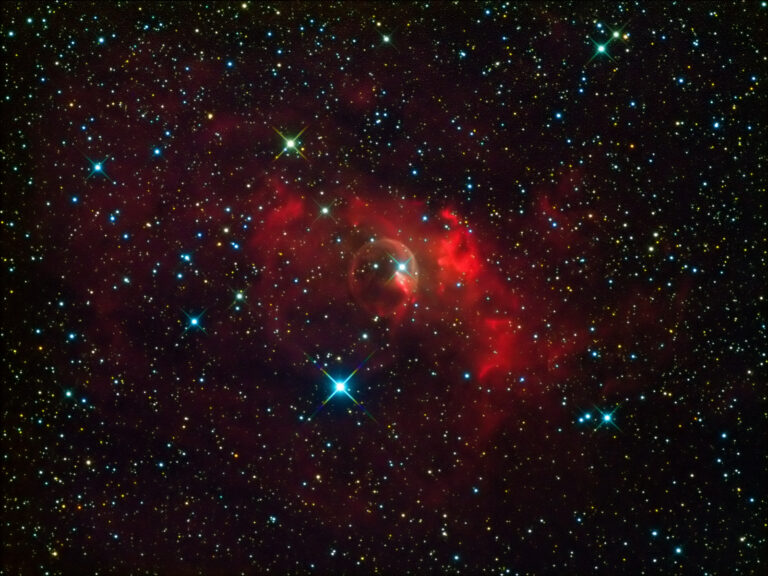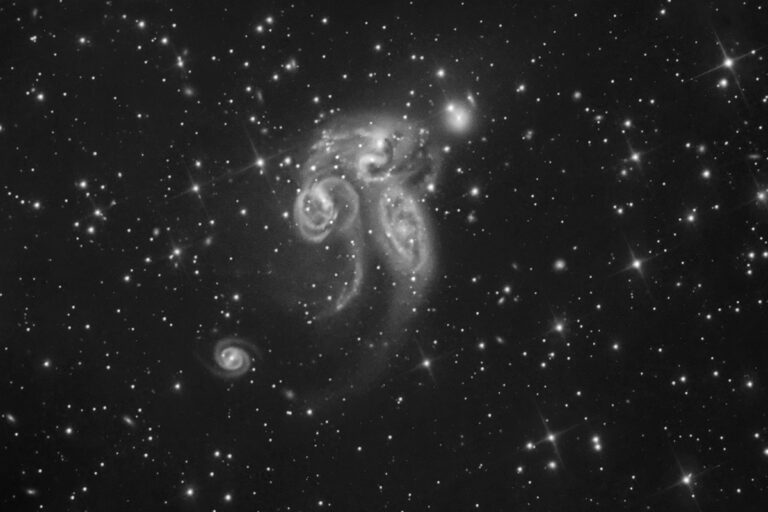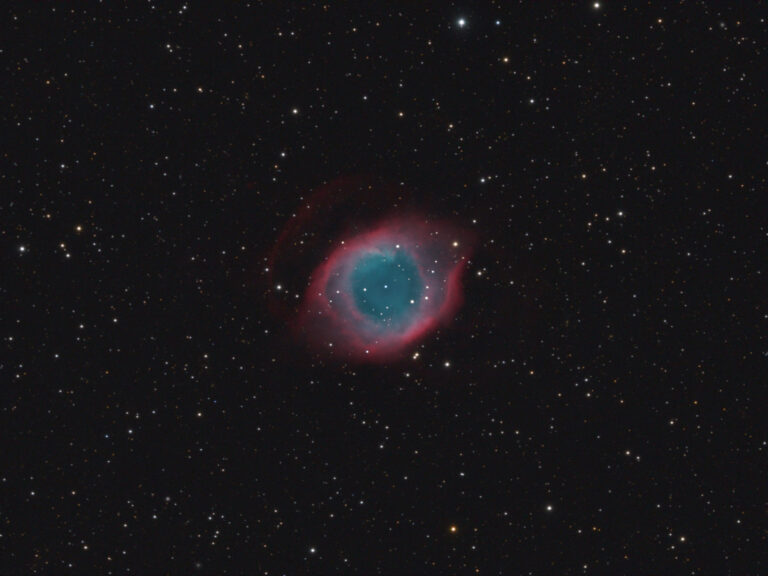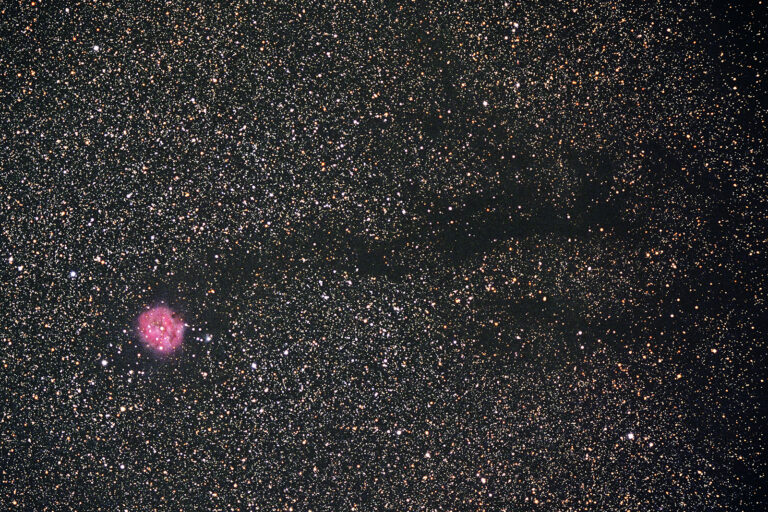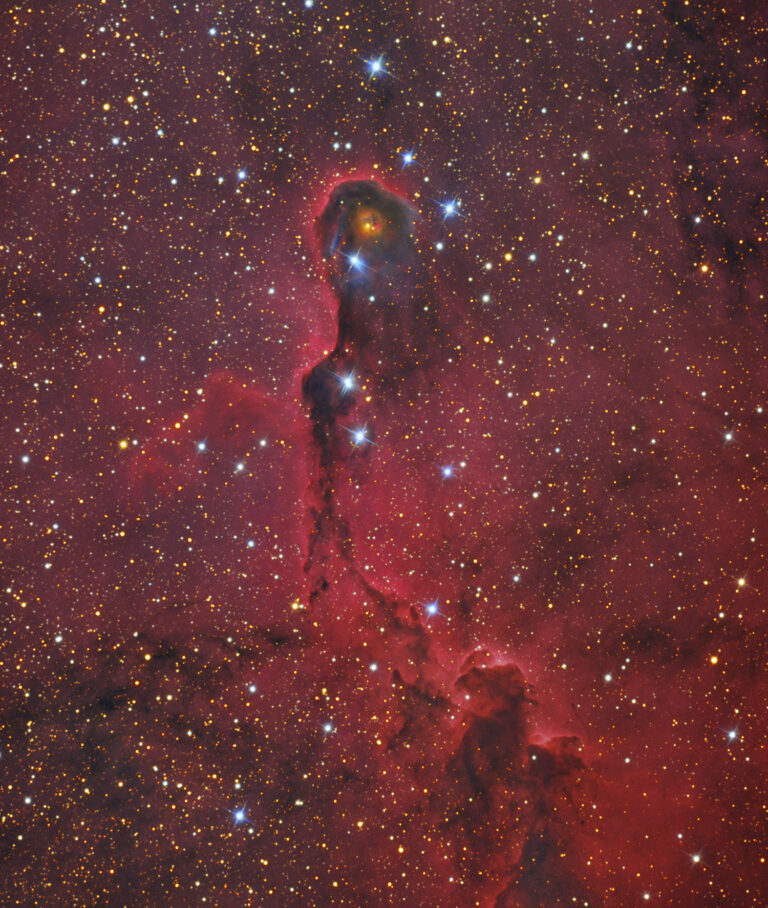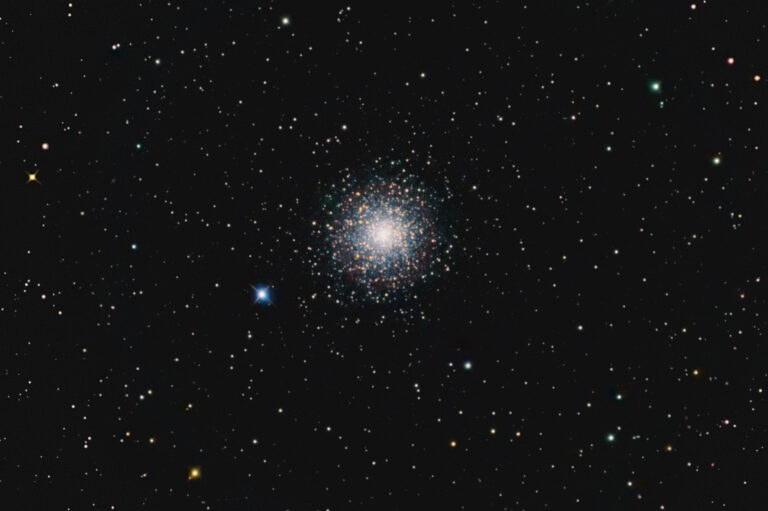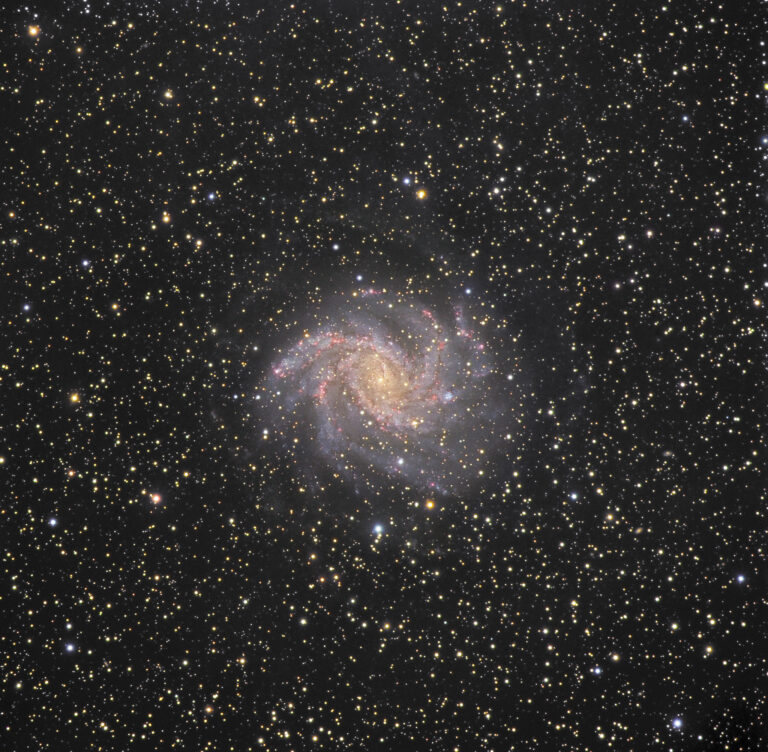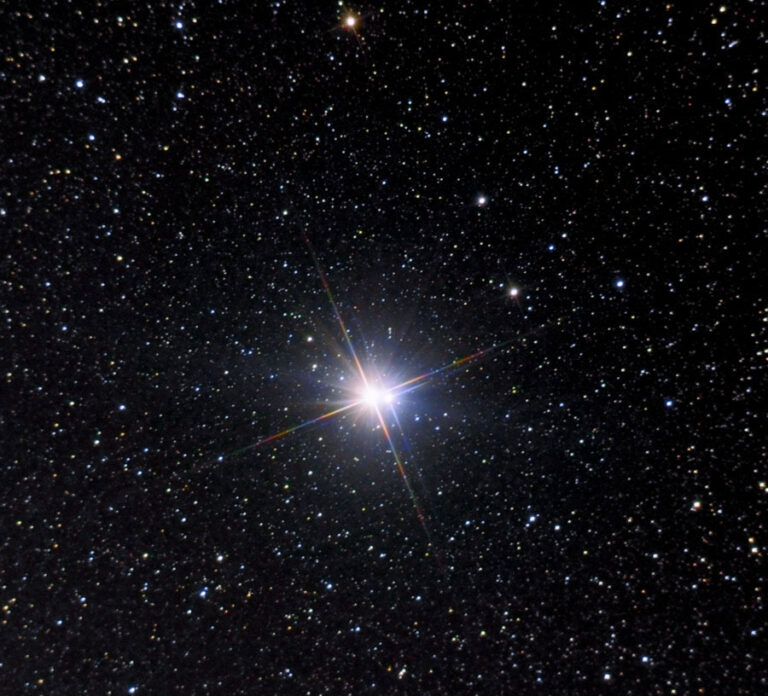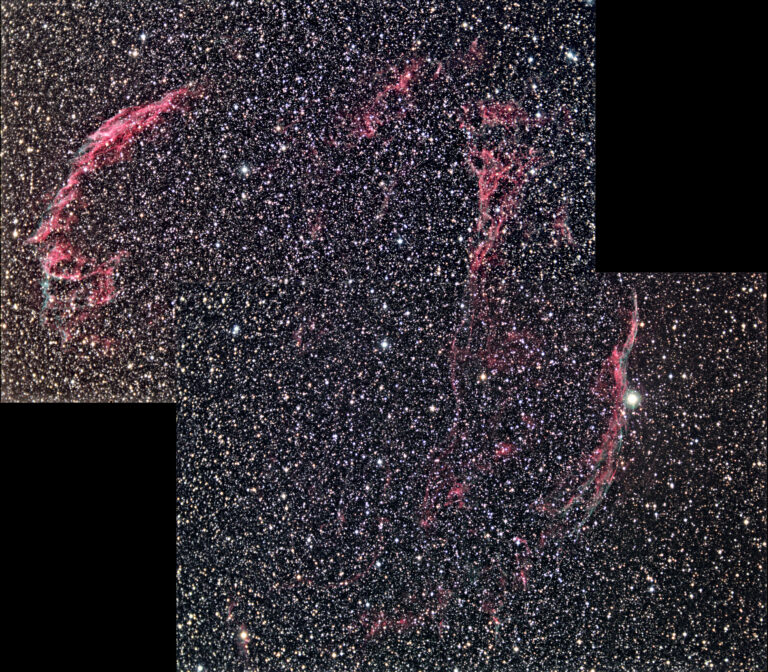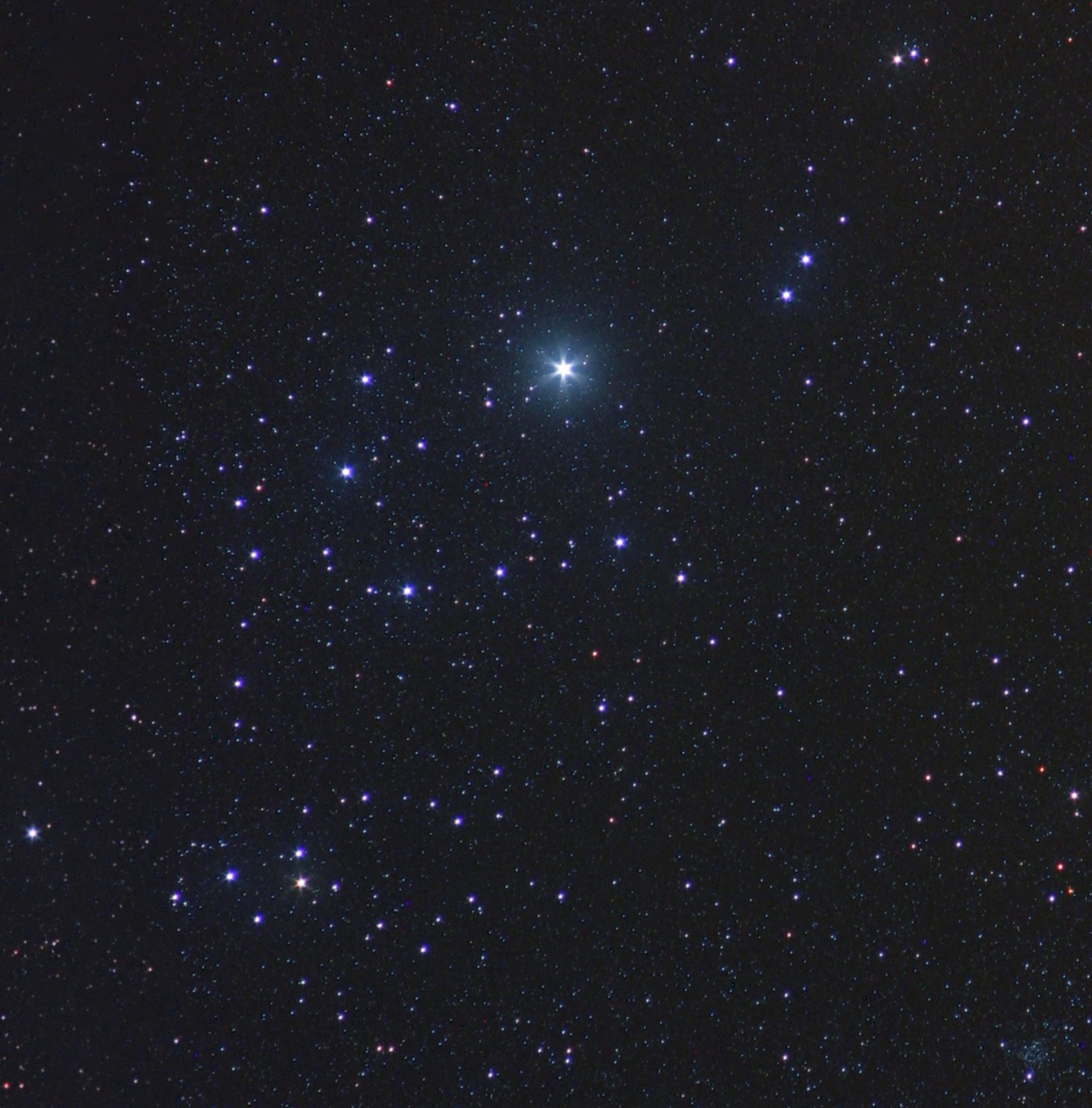
Key Takeaways:
- The Milky Way Galaxy contains an estimated 400 billion stars, with the faintest (M dwarfs) posing challenges to accurate counts.
- The Perseus Moving Group (Melotte 20), a cluster containing approximately 500 stars, is located relatively close to Earth within the Perseus constellation.
- This cluster, with a diameter spanning 6° in the sky and an average distance of 560 light-years, comprises stars aged 50 to 70 million years.
- The Perseus Moving Group's stars exhibit similar metallicity to the Sun, offering a glimpse into the Sun's likely birthplace environment approximately 4.6 billion years ago.
Our Milky Way Galaxy is filled with stars — perhaps as many as 400 billion — although it’s hard to estimate the number because the faintest stars, M dwarfs, are very hard to see over long distances. In any case, stars are being born and dying all around us, and we only see “snapshots” of these stellar lifetimes because our own lives are so comparatively short.
Some clusters of relatively young stars are quite close to us, and one of the best lies near us and makes up a good portion of the constellation Perseus. Known as the Perseus Moving Group or the Alpha Persei Cluster, and catalogued as Melotte 20, the group contains some 500 stars in a diameter stretching over 6° in our sky. It would be hard to recognize as a cluster without studying the distances and motions of the stars, which astronomers awakened to in the middle of the 20th Century.
The brightest star in this group is the brightest star in Perseus, Mirfak, Alpha Persei. The cluster’s stars, a good many of which are naked-eye and binocular stars that make up the core of Perseus, lie on average some 560 light-years away. Most of the stars in this group are from 50 to 70 million years old, making them infants in the cosmos.
Most of the cluster’s stars have metallicities similar to the Sun, and what we’re seeing here is close to what the cluster our Sun was born in some 4.6 billion years ago. As this cluster continues to orbit the galactic center, its stars will be sent in a variety of directions, separating from their brethren, and ending up as mostly solitary suns or stars within double or multiple systems. Such a cluster gives us the chance to look back to what our Sun’s environment must have looked like in its earliest days as a star.

